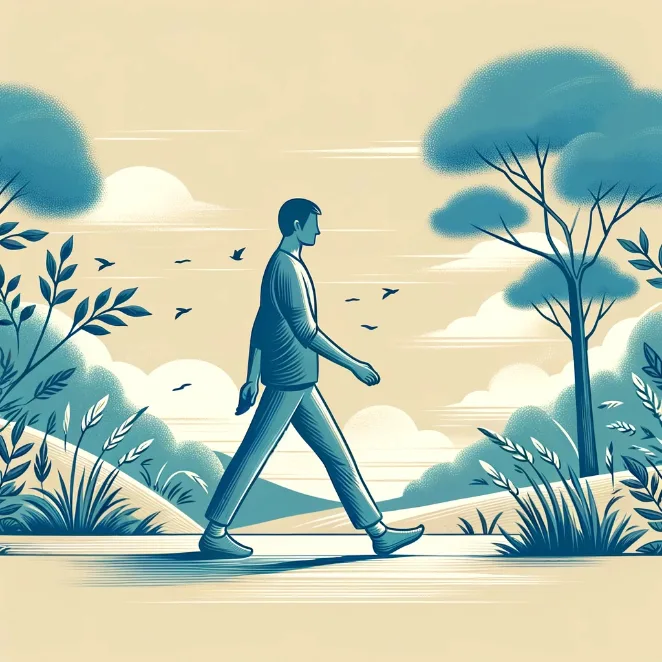
Mindful Steps: The Art of Walking Meditation
Walking Meditation is an ancient practice that melds the physical act of walking with the mindful awareness typically found in stationary meditation. Unlike traditional meditation forms, which often require stillness and silence, Walking Meditation is about finding peace and presence in movement, making it an ideal practice for those who find stillness challenging or for moments when movement is needed
article by Hina Kurosawa
The Essence of Walking Meditation
At its core, Walking Meditation is about conscious walking – being fully aware of the experience of walking. It involves paying attention to the sensations in your body as you move, the rhythm of your breath, and your surroundings. This form of meditation helps ground you in the present moment, allowing for a deeper connection with your environment and a sense of inner peace.
Setting the Scene
Choosing the right environment is crucial for a fruitful Walking Meditation session. A quiet, scenic path where you won't be disturbed is ideal. Nature trails, parks, or even a quiet neighborhood can serve as perfect settings. The key is to find a place where you can walk without the need to rush or avoid obstacles constantly.

Mindful Walking Technique
Start by standing still and taking a few deep breaths. As you begin to walk, slow your pace down. Focus on the sensation of your feet touching the ground, the movement of your legs, and the rhythm of your breath. Let your arms swing naturally, and keep your gaze softly focused ahead. If your mind wanders, gently bring your attention back to the act of walking.
Special Tips for Enhanced Practice
1. Start Short: Begin with a 10-minute walk and gradually increase the duration. 2. Barefoot Walking: If possible, walk barefoot to intensify the connection with the earth. 3. Synchronized Breathing: Try syncing your breath with your steps. Inhale for three steps, then exhale for three steps. 4. Use Mantras: Repeat a calming word or phrase with each step to deepen your focus. 5. Mindful Observations: Occasionally, pause to observe something beautiful along your path, such as a flower or the sound of birds.
Benefits Beyond the Walk
Walking Meditation is more than just a calming exercise; it’s a way to cultivate mindfulness that extends into daily life. Regular practice can reduce stress, improve concentration, and enhance overall well-being. It's an exercise in living fully in the present, a skill that, once developed, can transform the way you experience life.

Published: 11/11/2023
Modified: 11/11/2023
More predictions
Come back here soon to learn more about yourself and your future





